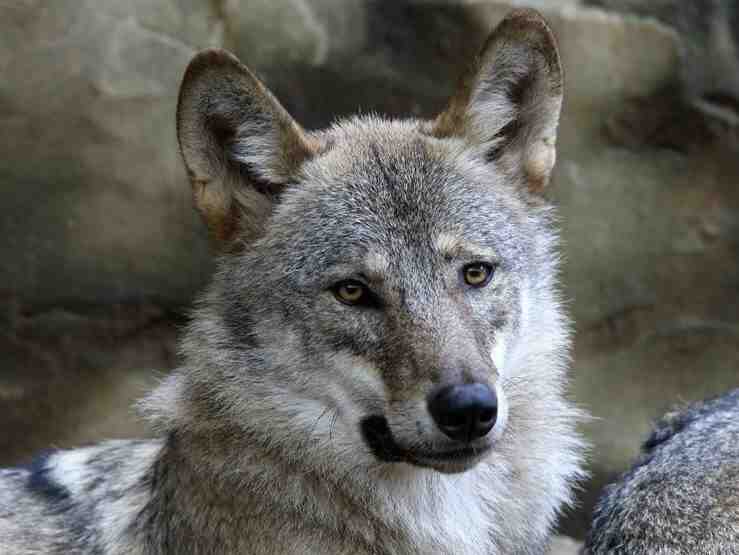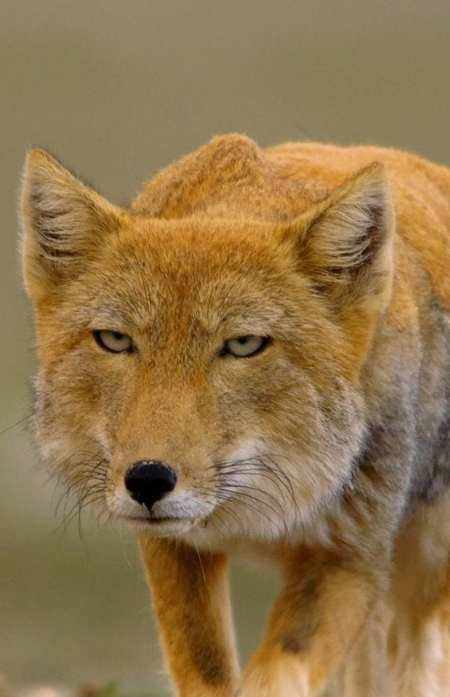
Vulpes ferrilata
Tibetan fox, Xisha fox, fox, grassland fox, Tibetan sand fox
The Tibetan name of the Tibetan fox is Bojiwama, and there is no subspecies.···
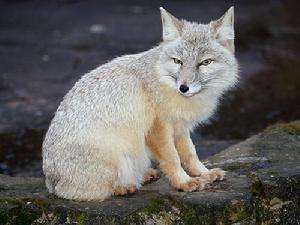
Corsac Fox
Vulpes corsac, Eastern Coral Fox
Corsus foxes are slightly smaller than red foxes and as tall as a medium-siz···
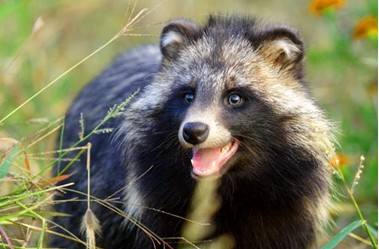
Nyctereutes procyonoides
raccoon dog, cypress tail, fur dog
Raccoon dog is a very ancient species of Canidae, considered to be a species···
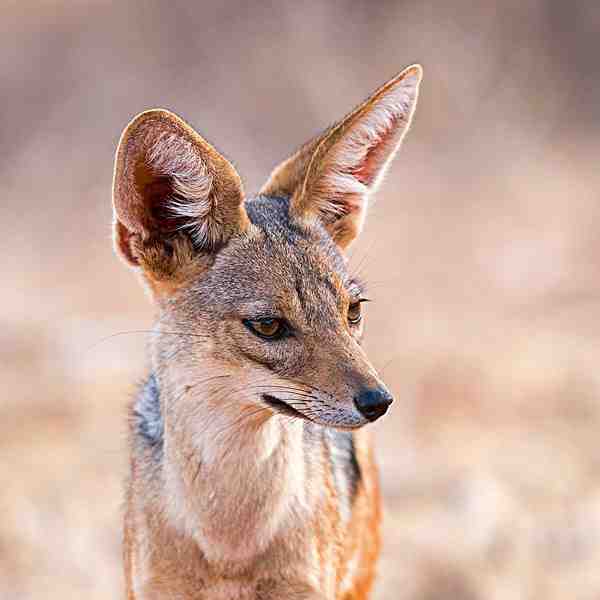
Cuon alpinus
Dhole,Jackal, Indian wild dog, Asiatic wild dog, red dog
The appearance of jackals is similar to that of wolves and dogs, but they ar···
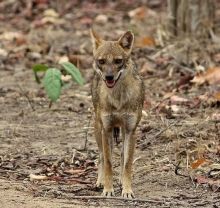
Canis aureus
Asian jackal
The Asian jackal is a small jackal.The sociality of the Asian jackal is high···
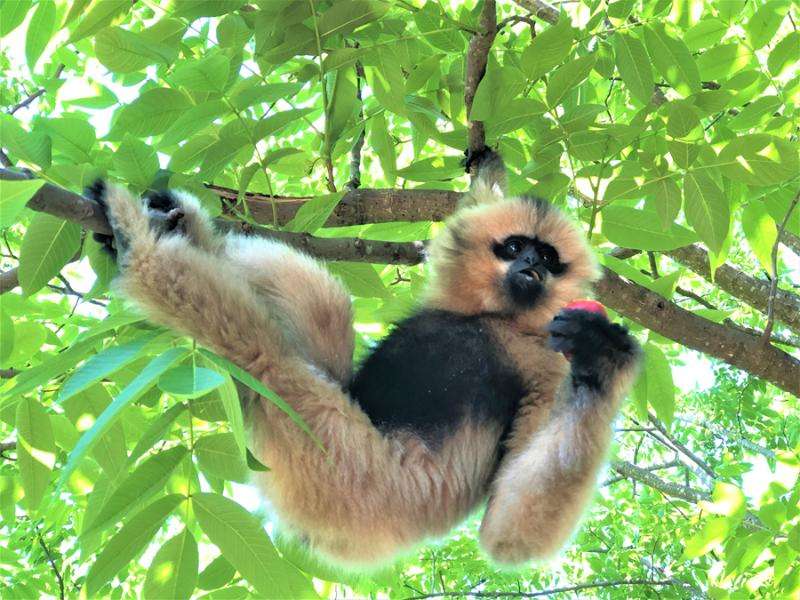
Nomascus nasutus
vượn cao vít, vượn đen, Cao-vit Gibbon,Eastern black-crested gibbon, Indochinese gibbon
黑冠长臂猿外文名Cao-vit Crested Gibbon,共有4个亚种。黑冠长臂猿的活动领域比较···
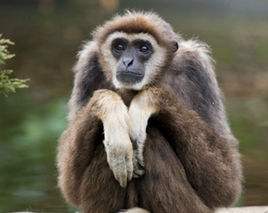
Hylobates lar
White-handed gibbon, Common gibbon
There are 5 subspecies of white-handed gibbons. Their hands and feet are whi···
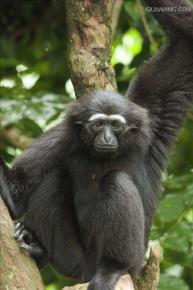
Hoolock
Hoolock gibbon, gibbon, call monkey, black monkey
Hoobrow gibbon is a larger type of gibbon.Hoobrow gibbon was once considered···

Rhinopithecus strykeri
Burmese snub-nosed monkey, Nujiang golden monkey, Myanmar golden monkey, black snub-nosed monkey
Nujiang golden monkey is also known as Myanmar Snub-nosed Monkey and Burmese···
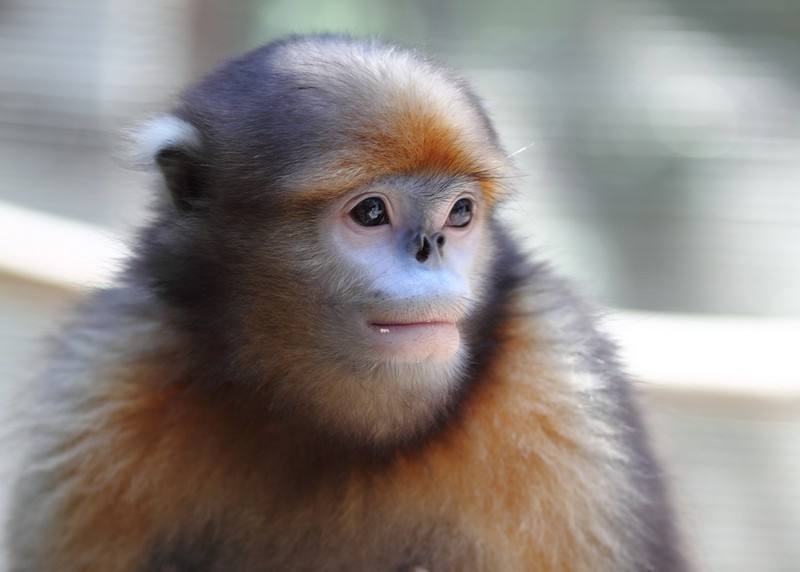
Rhinopithecus brelichi
Rhinopithecus brelichi,Guizhou golden monkey, gray golden monkey, white-shouldered monkey, white-shouldered snub-nosed monkey, cow-tailed monkey, line marmoset
In Chinese history, the Guizhou golden monkey was called "Zongyi Beast&···
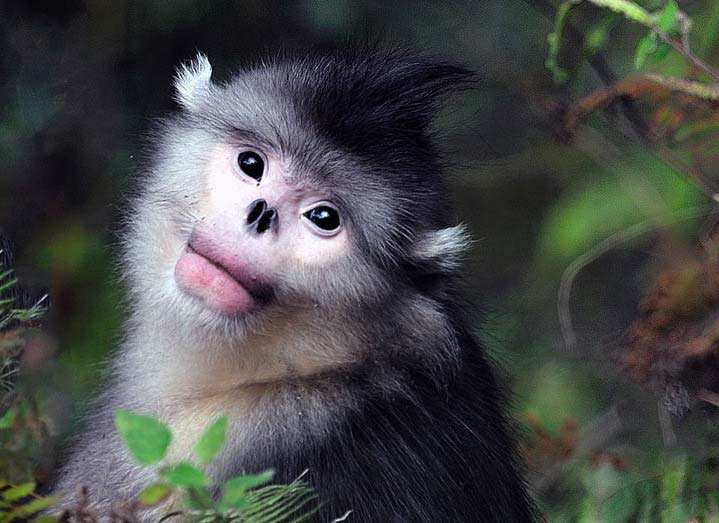
Rhinopithecus bieti
Black Snub-nosed Monkey,Yunnan golden monkey, Yunnan snub-nosed monkey
The Yunnan golden monkey is also known as the black snub-nosed monkey. It wa···
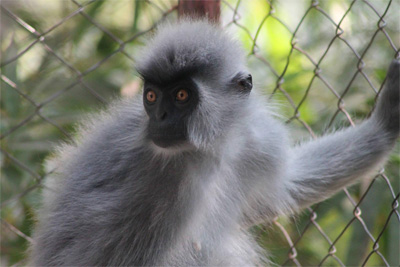
Shortridge’s Langur
Trachypithecus shortridgei, Xiao's black-winged monkey
Shortridge's Langur is a primate found in northeastern Kachin State, Mya···

Trachypithecus poliocephalus
White-headed langur
The white-headed langur is named for its food of leaves and is a rare monkey···
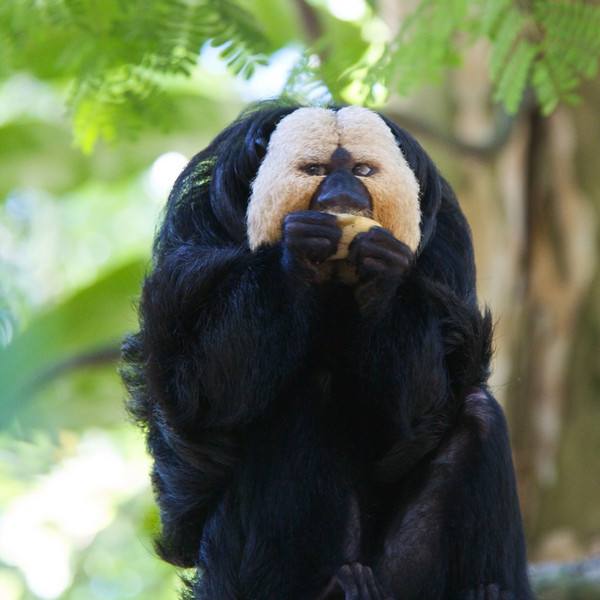
White-faced Saki monkey
Pithecia pithecia
The shiny tail of the white-faced Saki monkey is about 34 to 45 cm long, so ···
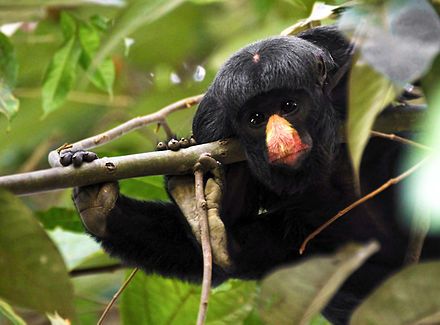
White-nosed Sakya
Chiropotes albinasus
The white-nosed saki is an endangered bush monkey found in the southeastern ···
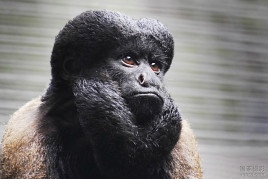
Black-beared saki
Chiropotes satanas
The black-bearded saki is a species of the Capuchin family, Saki genus.The S···
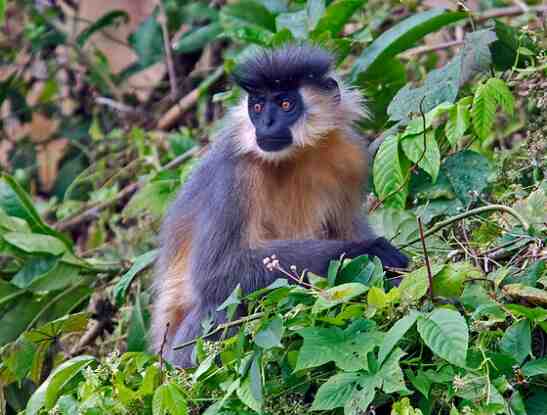
Trachypithecus pileatus
Capped Langur, Hooded leaf monkey
There are 4 subspecies of the hooded langur, with different fur colors. The ···
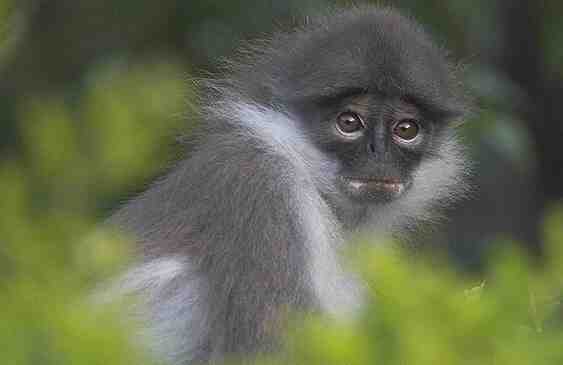
Trachypithecus phayrei
Phayre’s langur, Gray monkey, long-tailed monkey, Philippine leaf monkey, French leaf monkey
Philippine leaf monkeys are typical arboreal leaf monkeys in tropical and su···
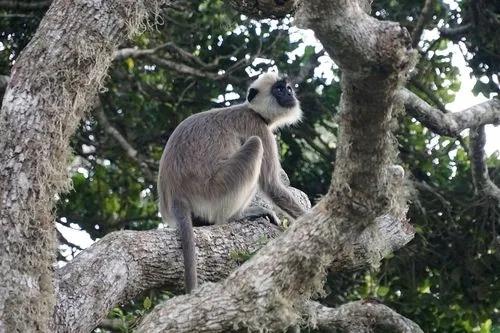
Semnopithecus schistaceus
Nepal Gray Langur, Himalayan gray langur, Long-tailed langur
The Himalayan Gray Langur, also known as Nepal Gray Langur, was once a subsp···
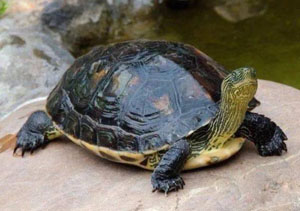
Testudines
Tortoise, golden turtle, grass turtle, mud turtle, mountain turtle, black turtle, flower turtle
In a broad sense, turtle refers to the general term for animals of the order···
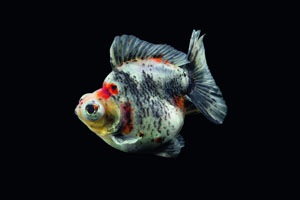
Flower head dragon eye
Red and White Dragon-eye with Tiger-head
The Flowery Dragon Eye is famous for its beautiful red and white markings. A···
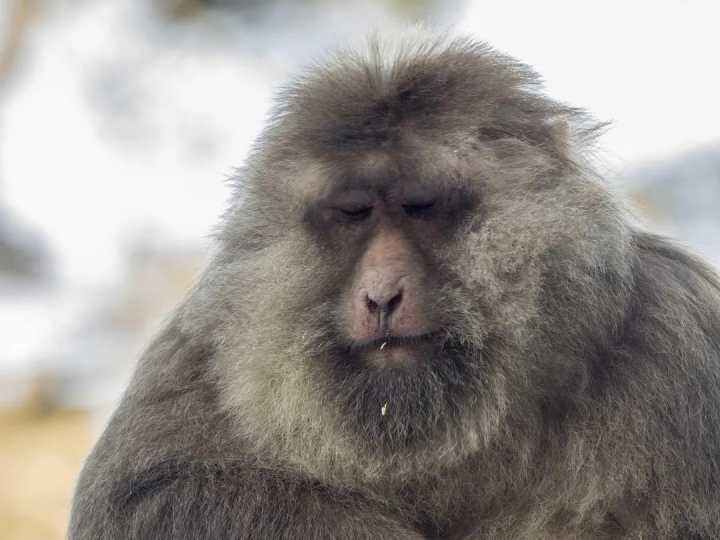
Macaca thibetana
Milne-edwards’ Macaque
The Tibetan macaque is a species endemic to China and is also the largest sp···
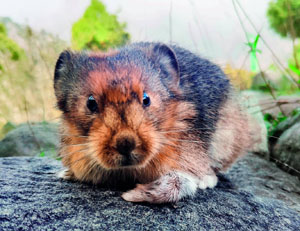
Ochotona argentata
Helan Mountain pika, Ningxia pika
Ningxia pika, also known as Helan Mountain pika, belongs to the Leporidae, L···
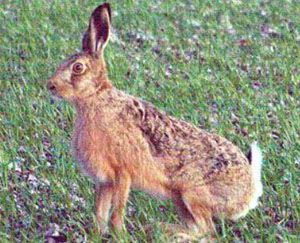
Caprolagus hispidus
Rough-haired rabbit, Wire-haired rabbit, Assami rabbit
Compared with other rabbits, the shag rabbit has shorter ears and brown-blac···
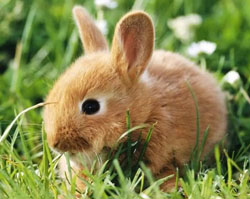
Lepus hainanus
Hainan rabbit, hare, grass rabbit
The Hainan rabbit is a solitary animal that is active mainly at night, and i···
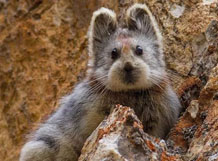
Ochotona iliensis
Ili pika, Teddy pika
The Ili pika is a very endangered and rare species. It was discovered very l···
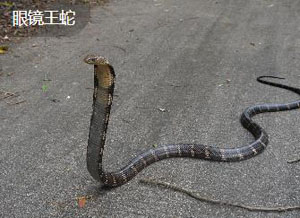
Cobra
Ophiophagus hannah,King Cobra
King cobra is different from real cobra. It is not a member of the genus Cob···
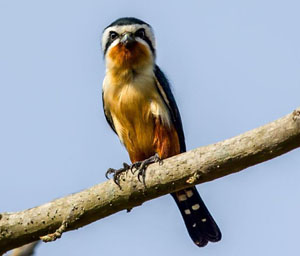
Microhierax caerulescens
Red-legged Falcon
The red-legged falcon is a resident bird that likes to move in pairs. It is ···

Microhierax melanoleucos
White-legged falcon, falcon, panda bird
The white-legged falcon is a resident bird, usually nesting in the abandoned···

